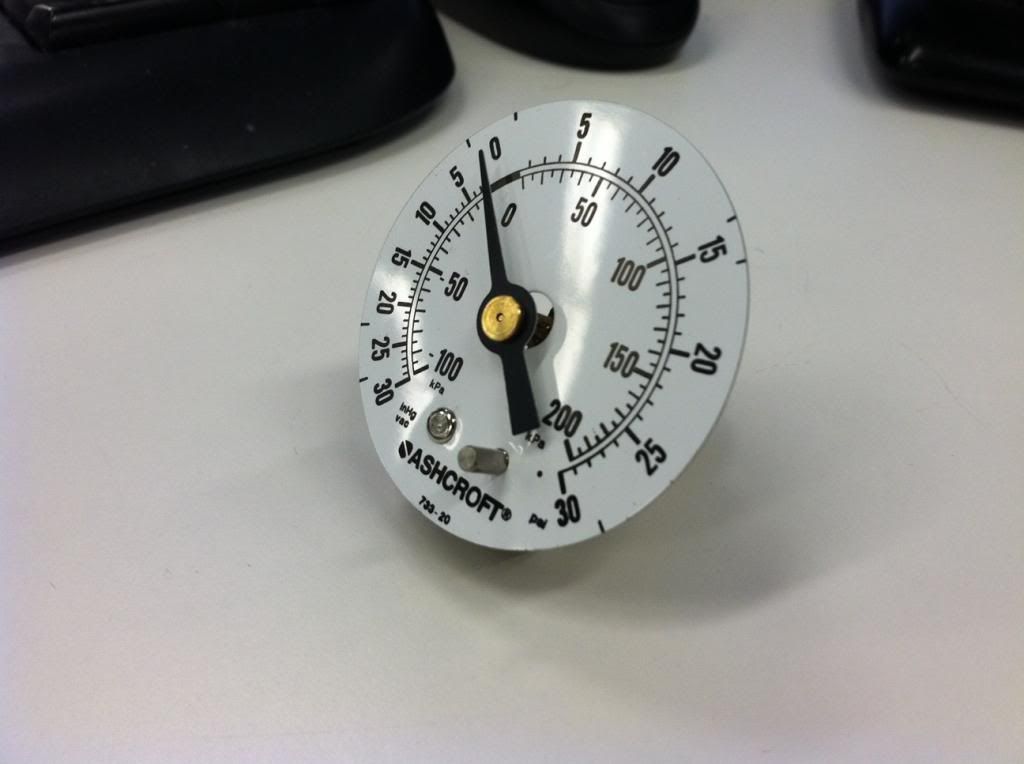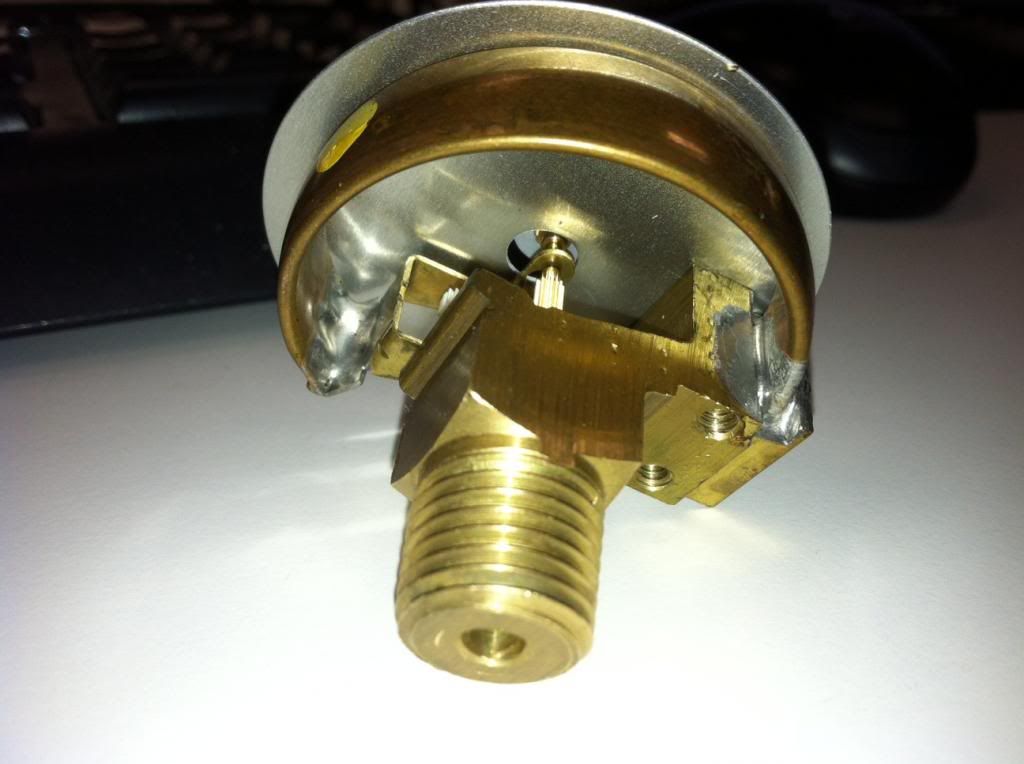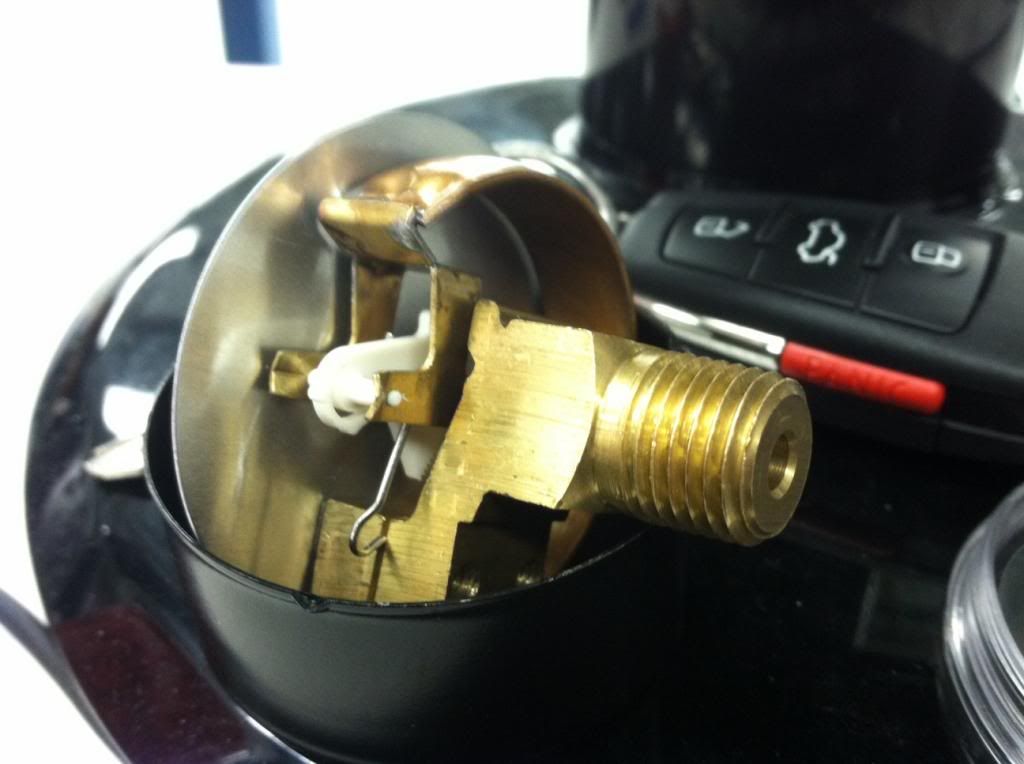1.
Boost Gauges are Critical
*
In a forced air induction vehicle, which may operate with either a supercharger or a turbocharger, additional power is achieved by compressing air and injecting it into the combustion chamber; the compressed air allows more fuel to ignite, producing a larger explosion that results in additional power output. Because the injection of additional air into the combustion chamber alters the engine's natural fuel-air mixture, it is important to ensure that the appropriate amount of air is carefully monitored; too much air can result in a lean combustion, too little air can result in a fuel-rich combustion, and either condition can damage the engine's internal components.
Boost Gauges Measure Pressure
*
Since forced air induction engines rely on injection of compressed air into the car's combustion chamber, and compressed air exists at a higher pressure than normal ambient air, boost gauges simply measure the pressure of the air flowing into the vehicle's combustion chamber. This function is achieved by running a small airtight tube from the gauge to the engine's intake manifold; the tube allows a very small amount of air to flow from the manifold into the gauge where the air pressure physically moves the gauge needle. Boost gauges normally measure a large range of pressure spanning from negative numbers (which register the normal vacuum condition under which engines operate in the absence of a supercharger or turbocharger) to positive numbers. Depending on the make and model of the boost gauge, the reading may be displayed in pounds per square inch (PSI) or "bars" of pressure (one bar is approximately equal to 15 PSI).
*
Some Boost Gauges are Electronic
*
Although mechanical boost gauges, as described in Section Two above, directly measure intake manifold air pressure and are widely considered more reliable, some manufacturer-installed gauges electronically measure the boost produced by factory installed turbo- or super-chargers. These gauges electronically monitor the function of the air compressor and estimate the charger's air output, then relay the information to the gauge which displays the information in either PSI or bar format. Although it is common to find electronic boost gauges in mass produced cars like the Toyota Supra or Mitsubishi 3000GT VR-4, auto enthusiasts commonly install a second, mechanical boost gauge for more accurate and reliable monitoring of their engine's airflow.
____________________________________
D3 GoldBuy Guild Wars 2 GoldBuy Diablo 3 GoldGW2 Gold
















 Reply With Quote
Reply With Quote


Bookmarks